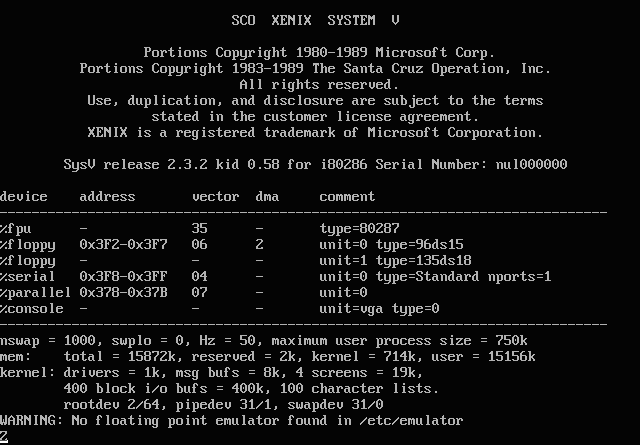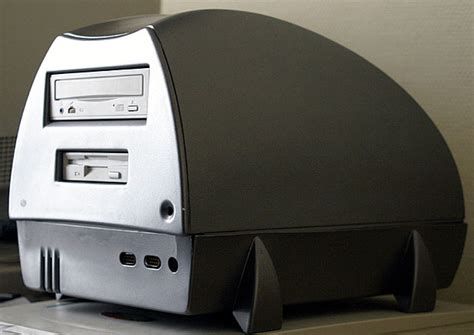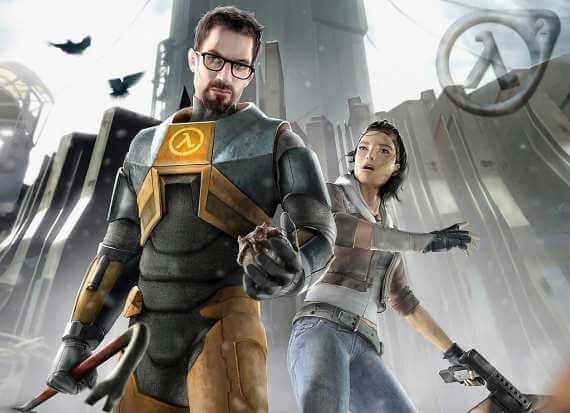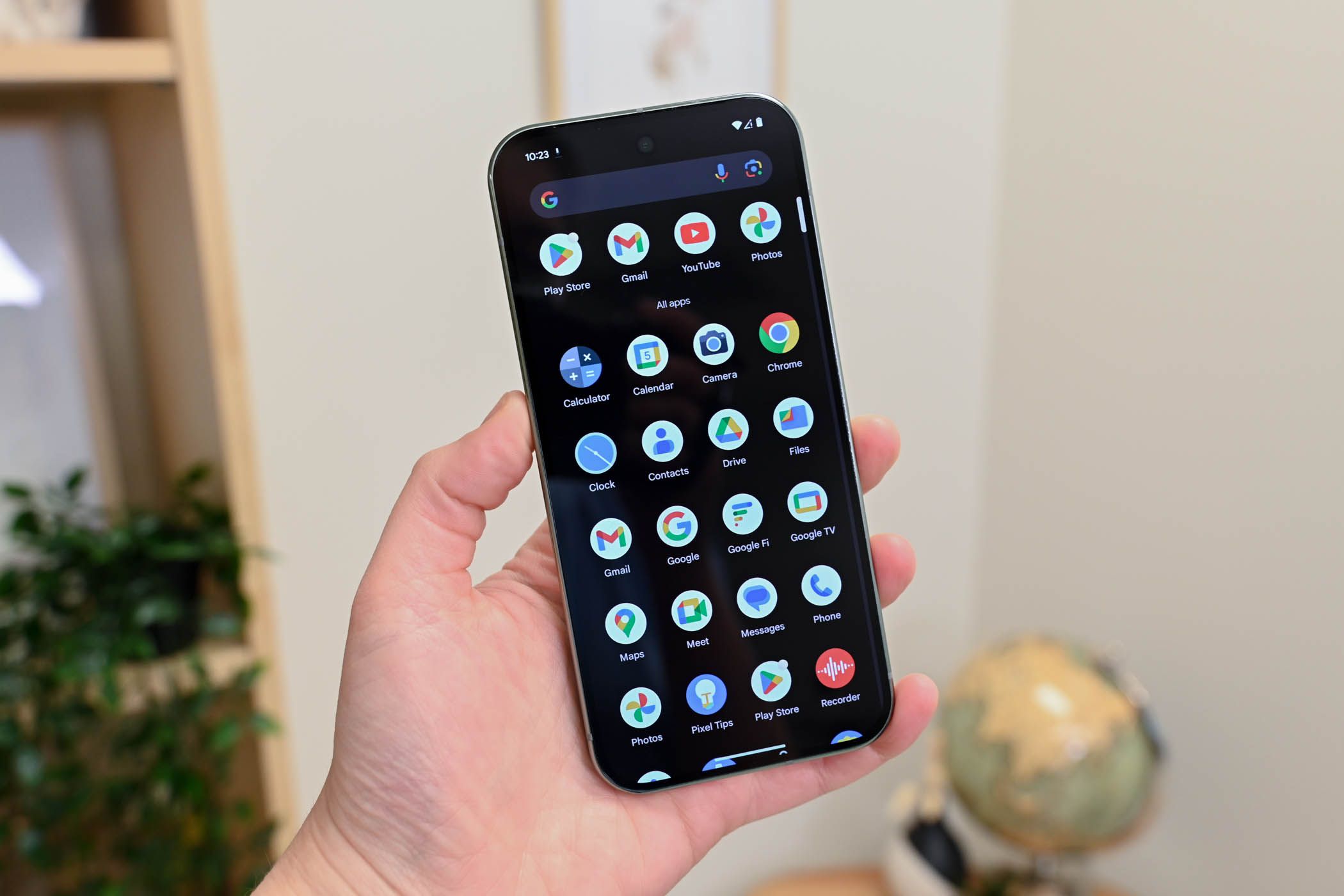Key Takeaways
- Vaporware refers to tech products promised but never released.
- Examples include the Xenix operating system, Amiga Walker console, and the elusive Half-Life 3 game.
- Sometimes vaporware makes it to market eventually, but the results often disappoint.
Vaporware is a term you hear plenty when discussing technology, but what is it exactly? Here are some notorious examples, and how you can spot warning signs that a product is vaporware.
What’s Vaporware?
Vaporware is any tech product (software or hardware) that is announced or promised and then never gets released, or is canceled. It just evaporates into thin air, with executives giving only vague answers whenever asked about it, if there’s any answer at all. The term was supposedly coined within Microsoft when two engineers described the fate of the Xenix operating system, but more on that later.
Vaporware is not a good thing. Having a promised product disappear into thin air leaves fans disappointed, especially if they prepaid for the product. Often, though not always, it’s a massive reputation hit for the company involved, and it can even lead to bankruptcy.
Examples of Vaporware
Despite this, there are plenty of examples of vaporware in computing history. Game consoles that never saw the light of day, programs that never launched, and more. I picked three examples that work particularly well.
Xenix
The product that launched the term vaporware was the Xenix operating system, a Unix variant (Linux is another) licensed by Microsoft for what was supposed to be the company’s first major operating system. However, competition was fierce in this space at the time and several competitors launched Unix variants before Microsoft was able to. It probably didn’t help that Xenix was going to be seriously expensive, costing at least $6,000 in today’s dollars.
As a result, Microsoft would instead focus on developing the recently acquired MS-DOS (For the curious: here’s what using MS-DOS was like), which would eventually become the basis for Windows. Xenix died a quiet death: it was discontinued, without ever being officially canceled.
Amiga Walker
The Amiga was a successful gaming platform developed by Commodore in the late 80s. After an economic downturn and internal issues, the company went bankrupt in 1994 and the name Amiga was sold to German retailer Escom. To reinvigorate the brand, a new console was announced, to be named the Amiga Walker. It looked like this:
Though cool in its own way, most fans and journalists panned the design as simply being weird. How good could it have been? We’ll never know, as only a handful were actually produced before Escom went bankrupt in 1996 due to the company running out of money.
Half-Life 3
When game developer Valve released the ground-breaking shooter Half-Life in 1998 to great success, the sequel was almost guaranteed. When 2004’s Half-Life 2 somehow managed to be even better, fans were primed for Half-Life 3, and they have been for 20 years. Despite numerous spinoffs and episodic games, the big number three has never dropped.
In fact, Valve canceled it 10 years ago, but somehow the rumor mill keeps spinning, and there are countless articles keeping hope alive for millions of fans. Whether or not Half-Life 3 will ever happen seems irrelevant, hope is enough to keep fans clinging to the vapor.
Vaporware Solidified
With these examples in mind, it should also be mentioned that sometimes vaporware suddenly solidifies, and an actual product comes out of the mists.
Duke Nukem Forever
Duke Nukem 3D was one of the biggest gaming successes of 1996. A raunchy, violent shooter, it shocked anybody with “good taste” and delighted teen gamers. A sequel, Duke Nukem Forever, was only natural and soon announced, and then never came. In fact, it became an in-joke of the internet, with fake reviews posted and a lot of “when Duke Nukem Forever comes out…” gags.
Then it came out. After 15 years, Duke Nukem Forever was released in 2011. Unfortunately, it disappointed fans, gamers, and reviewers alike. In many ways, it was better as a joke than as a game—and perhaps as a lesson that you should be careful what you wish for.
Google’s Phone
In an editorial from 2009 in InfoWorld, journalist Robert Cringely predicted that Google’s plans for a mobile phone would never happen, and that it was a “stupid” idea. In all fairness, at that time, this prediction made sense: people were more locked in with carriers, and the market seemed saturated with the new iPhone. It was no surprise that we didn’t hear much about Google’s phone plans for several years.
However, fast-forward a few years and there’s been a massive shift in the way the tech world works. Phones like Google’s Pixel make a lot of sense now. What was vapor in 2009 is a solid idea in 2024.
Windows Vista
One last example of vaporware that came to life is Windows Vista. Microsoft had been working hard on making a new OS after the massive success of XP and promised the world a revolutionary new way to interact with your computer. Then, nothing. Wired magazine even nominated it for their 2005 Vaporware Awards.
Somehow, though, Microsoft managed to publish it and, much like Duke Nukem, didn’t live up to the hype. It wasn’t revolutionary, it was just buggy, and though some have tried to save its reputation a little, the fact remains that it was nowhere near what people were promised it would be.
Can You Spot Vaporware?
With these examples in mind, the question remains whether you can spot vaporware before it happens. Is there a way you can determine whether a project is doomed to fail so you don’t get your hopes up?
One big part of vaporware is overhype, where a company is trying a little too hard. Be it the Amiga Walker’s overambitious design or Vista’s wild promises, if it seems too good to be true, it probably is—much like with Early Access games on Steam, or the troubled Intellivision Amico, a small handheld console that’s been announced since 2020, but never quite makes it to market.
Sometimes, though, the market conditions just aren’t right, like with the Xenix or Google’s early phone plans. If reality catches up with plans, there’s not much anybody can do except change tack. You can always try and bring the idea back later like Google did, but chances are they will remain in the same graveyard as where Xenix lies.
The only thing you can do as a consumer, though, is to take any marketing promises with a grain of salt and not expect, let alone buy, anything until you see it available on shelves.





